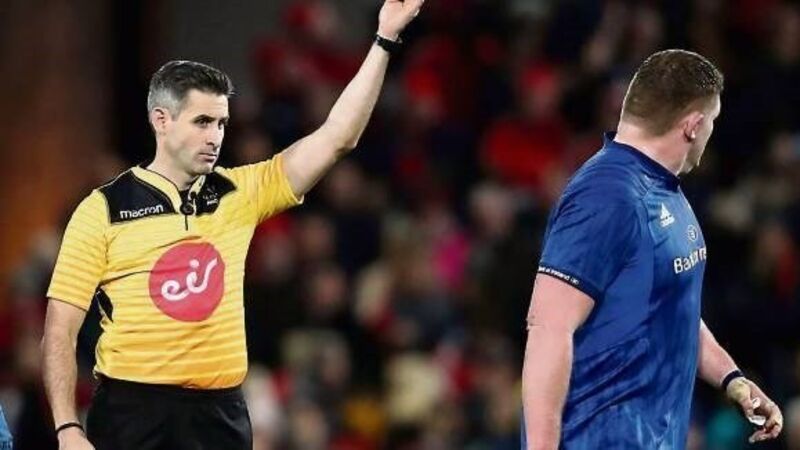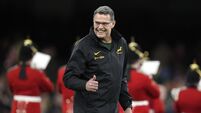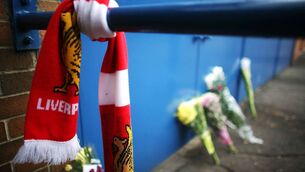Rugby still shooting itself in foot when punishing dangerous tackles

It feels like forever since we started craning our necks over the horizon towards 2019 and the World Cup in Japan. Not anymore. The opening of a crisp, new diary has ushered the event into clear view and leaves Irish rugby braced for what could be its finest hour.
Or, if you are that way inclined, its latest bout of embarrassment and agonised soul-searching.











